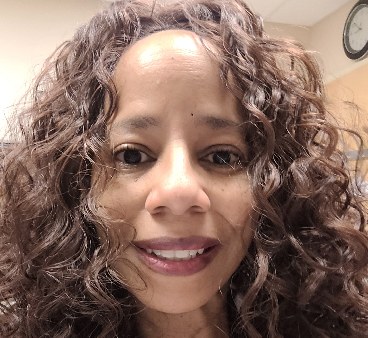During my doctoral study in nursing practice a couple of years ago, I learned about a champion of nursing informatics, Dr. Nancy Staggers. Dr. Staggers assisted in developing the American Nursing Association’s Scopes and Standards of Practice. She also contributed to electronic health record (EHR) implementation.
EHR utilization is important for nurses, other staff members, patients, medicine in general, and other disciplines. Dr. Staggers concentrated on the feasibility of using health informatics. She wanted people who used EHRs, including patients, to have the ability to find and use critical information.
This reminded me of when I implemented a project at an institution where I worked with Sickle Cell patients and their families. As a part of a Sickle Cell medical home for quality improvement, our patient population was asked to test out a new portal. The portal would allow patients to see their medical records and enable them to view personal medical information including labs, diagnostic tests, and other information. At the time, I was delegated to sign up patients and their families and teach them about the portal. I immediately identified two gaps. Several of the families did not have a computer or access to one, nor did they have email addresses. I had patients sign up for email addresses using Gmail and Yahoo. We had tablets in the clinic and a few computers at a satellite clinic they could use. Now with access, I trained them how to navigate the portal. I later made a PowerPoint presentation and taught my colleagues on the Sickle Cell team how to use the portal.
I worked at another institution that had a medical records portal. That one allowed patients to see labs, including COVID-19 testing results, Hemoglobin results, and other results; make appointments, request prescriptions, send messages to providers, etc. The portal also had a wellness tool for mood and counting steps walked in a day. Sickle Cell patients can use the portal to identify if they have a COVID-19 infection after getting tested, which could lead to adverse events such as a Sickle Cell Pain Crisis or Acute Chest Syndrome, which is similar to pneumonia. We had several Sickle Cell patients who were COVID-19 positive or had family members who were COVID-19 positive. The portal can also be used to alert providers to pain symptoms when pain is moderate, but not severe. This can assist patients in attempting to treat their pain at home, treat the pain at an outpatient infusion center, and hopefully avoid hospital admission. It can also be used to request prescriptions so that the patient will not run out of pain medication, hydroxyurea, coumadin, and other essential medications.
Patients may be more compliant with appointments and have the option to have virtual appointments. Once barriers to using technology are identified, portals can prove to be a useful tool for both patients and healthcare providers.
One of the competencies from the American Nursing Association’s Scopes and Standards of Practice is that the nurse informaticist will champion patient access to electronic medical records and mobile technology for healthcare and decrease disparity. This is an example of transferring technology into nursing practice and then on to patients. This is also one of the tenets of Participatory Medicine. Participatory Medicine not only endeavors to maintain and keep the relationship between the healthcare provider and the patient collaborative but strives to embrace technology and incorporate it into the patient’s comprehensive care. As we embrace new technological advances, let us try to keep it equitable, beneficial, and participatory.
Dr. Brenda Merriweather is a Clinical Nurse Specialist, Sickle Cell Advocate, and board member of the Society for Participatory Medicine.







Recent Comments